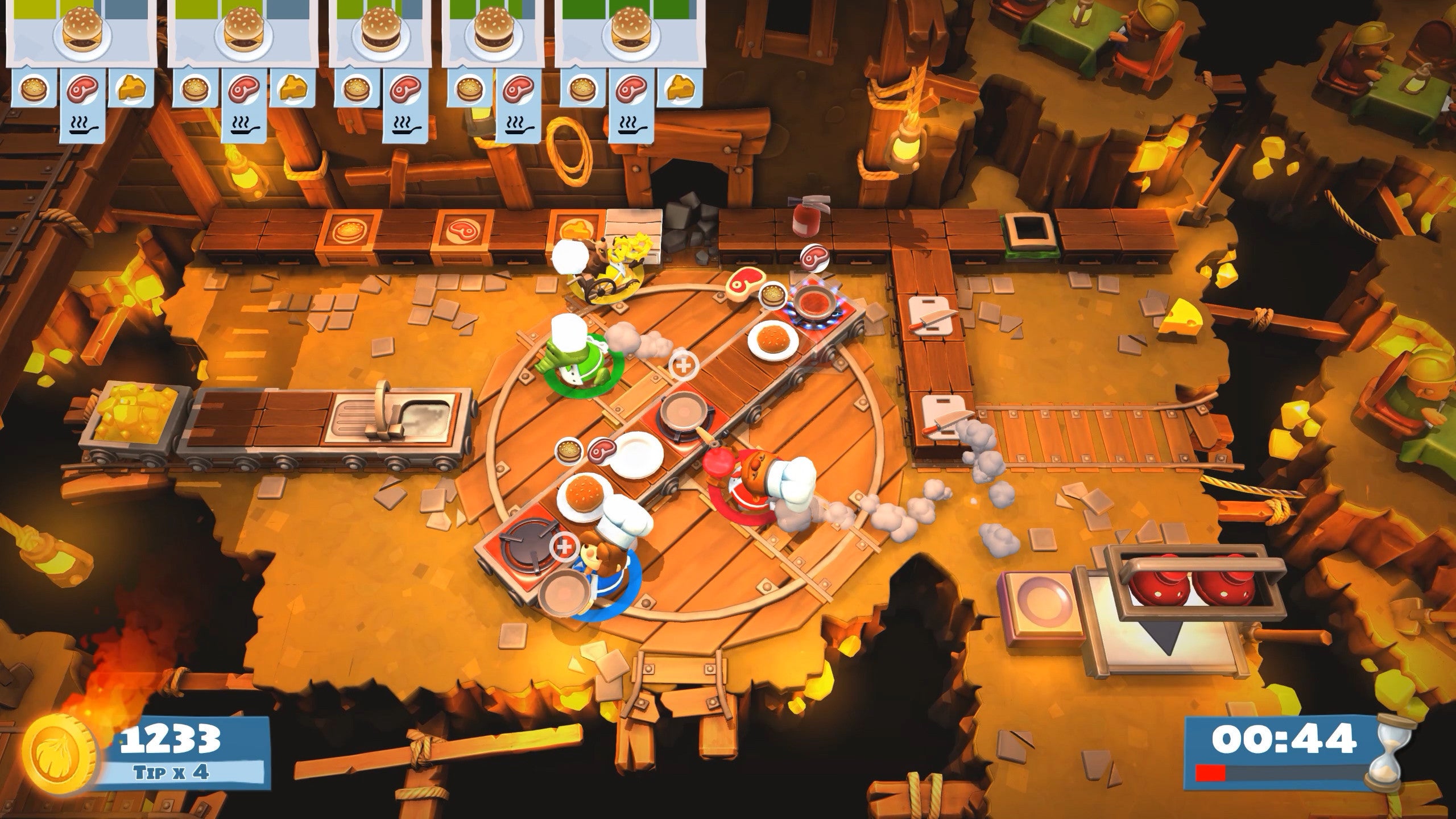Tutorial Adobe Director Bahasa Indonesia Adalah
Adobe Systems (NASDAQ: ADBE) adalah perusahaan perangkat lunak yang bergerak di bidang grafis, animasi, video, dan pengembangan web.Adobe adalah salah satu perusahaan perangkat lunak yang paling besar di dunia. Perusahaan ini didirikan pada tahun 1982 dan berpusat di San Jose, California, AS.Beberapa dari produk-produknya yang terkenal dan mendunia adalah Photoshop, Flash, dan. Buku Panduan Tutorial Multimedia Interaktif & Presentasi Terlengkap. Macromedia / Adobe Director® adalah software multimedia yang mampu merangkai gambar, teks, video, audio, HTML, 3D, script sehingga menjadi file executable (*.exe) yang dapat dijalankan di semua komputer.
12 / February 11, 2013; 6 years ago ( 2013-02-11) and Website Adobe Director (formerly Macromedia Director) is a multimedia application authoring platform created by and now managed. Director is the primary editor on the platform, which dominated the interactive multimedia product space during the 1990s. Various were developed with Director during the 1990s, including,,,, and the series. Hundreds of free online video games were developed using Lingo, and published on websites such as and Shockwave.com. Director publishes DCR files that are played using the, in addition to compiling native executables for.
 Director allows users to build applications on a movie, with the user as the 'director' of the movie. Originally designed for creating animation sequences, the addition of a scripting language called made it a popular choice for creating CD-ROMs, standalone kiosks and internet content during the 1990s.
Director allows users to build applications on a movie, with the user as the 'director' of the movie. Originally designed for creating animation sequences, the addition of a scripting language called made it a popular choice for creating CD-ROMs, standalone kiosks and internet content during the 1990s.
As of 2015, and are preferred alternatives to Shockwave, with its,, and capacity to run as a on multiple platforms. On January 27, 2017, Adobe announced that it was discontinuing Director. Sales of Director ceased on February 1, 2017; ongoing updates and support for the software ended on March 14, 2017.
Contents • • • • • • • • • • Features [ ] Director applications are authored on a, similar to. Director supports graphical primitives and playback controls such as video players, 3D content players, and Flash players. Director includes a scripting language called, and plug-in applications called, which are similar in functionality and design to. Director supports a framework with basic controls and allows interaction with external files and certain Windows APIs. Director has been used to create applications, 2D and 3D video games, self-running kiosks, and and launchers. Director supports many different images, audio, and video formats.
Main article: Director includes a scripting language called, and a suite of 2D image manipulation tools referred to as 'imaging Lingo'. This subset of Lingo allows authors to perform advanced operations such as to. While a vast majority of users rely on the score timeline for the development of their work, a number of expert developers create stunning projects, such as games, that take advantage of the speed of imaging Lingo. These advanced projects typically use only 1 frame on the score timeline using Lingo to control animation and interaction.
Director 8.5 added the ability to import, manipulate, and display 3D objects. The 3D features were quite advanced for the time, unusual for an authoring environment. The 3D capability includes the ability to create geometry on the fly from code, hardware accelerated model display, and advanced lighting features. It also supports and 3D interactivity through a file object. Since Version 6, Director has supported the import of animation files and Lingo can be used to interact with Flash's code for more control. Xtras [ ] One of the most powerful aspects of Director is its extensibility, which is achieved through plug-in applications named.
For example, there are Xtras for OS desktop manipulations (creating folders, files, icons, shortcuts, registry editing) and Shell control, dedicated text processing (RegX), PDF readers, and many more. With Xtras, Director can be extended to support additional media types beyond those that the stock version of the software allows. These can be created by users or purchased from third party vendors.
 They are created using Adobe Director's XDK (Xtra Development Kit), a C++. With the change in new versions of Director, Xtra developers need to modify their products to maintain ongoing support. With changing industry trends, many third-party Xtra developers have discontinued products and dropped support due to the cost of development without a significant return.
They are created using Adobe Director's XDK (Xtra Development Kit), a C++. With the change in new versions of Director, Xtra developers need to modify their products to maintain ongoing support. With changing industry trends, many third-party Xtra developers have discontinued products and dropped support due to the cost of development without a significant return.
